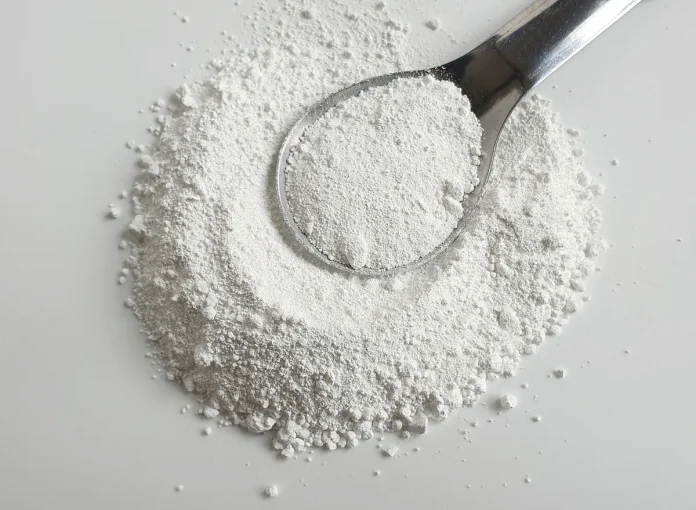Titanium dioxide (TiO2) – This white pigment is used most often in paints. It has high brightness and high refractive indices. The light that passes through crystals is very slow and significantly alters its path compared to air.
High refractive inks can lead to scattering of light when there are small particles scattered in different directions. High refractive power in lenses refers to high clarity and high polarizing ability.
Titanium dioxide has higher refractive values than diamond. Only a few other substances have higher refractive indices. Cinnabar (mercury-sulfide) is an example. Cinnabar, also known as mercury sulfide, was once used to produce red pigments.
Uses of Titanium Dioxide for Plastics
The second largest user of titanium oxide is the plastics industry.
Titanium Dioxide can be applied to plastic products. In addition to its high coverage power and high lightening ability, it can also enhance heat resistance, light resistance, and weather resistance. It protects plastic products from UV Rays. It can also improve mechanical performance and electrical performance.
It is used in almost every thermosetting and thermoplastic material, including polyolefin (mainly high-density polyethylene), ABS, polyvinylchloride, polystyrene, and polyolefin. It can also be mixed with liquid-containing or resizers. Another way is to turn titanium dioxide into color master batches and then use it.
Cement and Tiles Can Be Added To
The surface of cement can be enhanced with titanium dioxide. This will give it anti-fouling, deodorizing, and sterilizing properties. This is due to TiO2’s photocatalytic abilities. It forms hydroxyl free radicals when there is water. These radicals have the ability to transform organic molecules into water and CO2, as well as kill microorganisms.
Facts to Know About Titanium Dioxide
Everyone is talking a lot about titanium dioxide. Prices worldwide are rising, and Europe’s industry may be subject to a possible cancer genetic classification of titanium dioxide. We have five facts to share about the most valuable pigment in the universe.
Local Demand for Titanium Dioxide
The geographic location of industrial centers is closely linked to the region’s demand for titanium dioxide. So it’s no surprise that China accounts for a third or more of global TiO 2 output. North America is second and North America third, respectively.
Event Tip:
The EC Ti0 2 Forum will help you to tackle the most recent challenges in titanium dioxide. The conference will help to maximize costs, refresh your skills and provide updates on regulatory issues. It also gives you an opportunity to network alongside some of the top experts in coatings.
Supplier Market in Flux
Recent changes have occurred in the supplier market. Huntsman & DuPont separated their titanium-dioxide business, while other companies sold theirs or merged with others. This is not the best situation for the coatings business. The TiO 2 market has less competition than usual.
Pigment Feedstock.
There are many options for TiO 2 feedstock that can be used to produce the materials needed for the coatings industry. The sulfate and chloride processes are both important. Ilmenite is an important feedstock, while rutile is more common. However, you can use other minerals that have high TiO 2 content.

